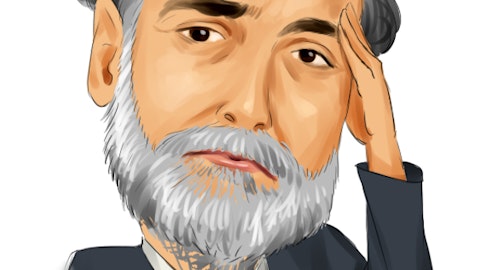Steaming into history
The first patent ever granted for powered transportation was awarded to steamboat pioneer John Fitch on Aug. 26, 1791. This design, which had been successfully tested in 1787 on the Delaware River in sight of delegates from the Constitutional Convention, was not the first steamboat ever created, but the test was successful enough to win allies and even investors from the ranks of America’s founding fathers. Examiner.com’s Karen Holt reflects on that 1787 trial:
Leaving their tasks at hand for a brief respite in the cooler air along the river, the delegates lunched on meat pies as they beheld a rumbling machine bobbing on the river before them boasting twelve oars and belching black smoke from its chimney. Delegate James Wilson took a great interest in Fitch’s technology and became part-owner of the company.
Fitch’s arrival and the timing with the delegates became a match made in heaven. Though there is no way to know the effect Fitch and his steamship personally had on the framing of the Constitution, a 31-year old Philadelphia merchant by the name of Tench Coxe, though not a delegate himself, picked up the gauntlet and ran with it. Determined to influence the manner in which the Constitution was written with respect to present and future inventors, on May 11, he addressed some 40 members of the Society for Political Enquiries in the home of Benjamin Franklin. James Madison was one of those who became caught up in the mesmerizing vision Coxe shared. Coxe’s efforts paid off and in August, Madison and Charles Pinckney of South Carolina addressed the Convention regarding the addition of Coxe’s idea in the Constitution. Power would now be given to Congress to “issue patents, reward technological advancements, and promote “commerce, trades, and manufactures.”
Unfortunately, Fitch’s trial run proved to be a higher point in his steamship-entrepreneur career than the patent itself. Fitch won the patent claim over a rival steamboat inventor, but the patent only covered Fitch’s particular design. The same day the Patent Commission granted Fitch his patent, it also awarded patents for steam-engine innovations to his rival and two other inventors. The lack of broad monopoly protection for this largely untested mode of transportation sent Fitch’s investors scurrying. Fitch himself went to France to try again but had the exquisite bad luck to arrive shortly before the notorious, neck-chopping Reign of Terror. The promise of a profitable steamboat business was not fulfilled until Robert Fulton began plying the waters of New York in 1807.
The article How the Dow’s Oldest Company Got Started originally appeared on Fool.com and is written by Alex Planes.
Fool contributor Alex Planes holds no financial position in any company mentioned here. Add him on Google+ or follow him on Twitter @TMFBiggles for more insight into markets, history, and technology.The Motley Fool has no position in any of the stocks mentioned.
Copyright © 1995 – 2013 The Motley Fool, LLC. All rights reserved. The Motley Fool has a disclosure policy.





